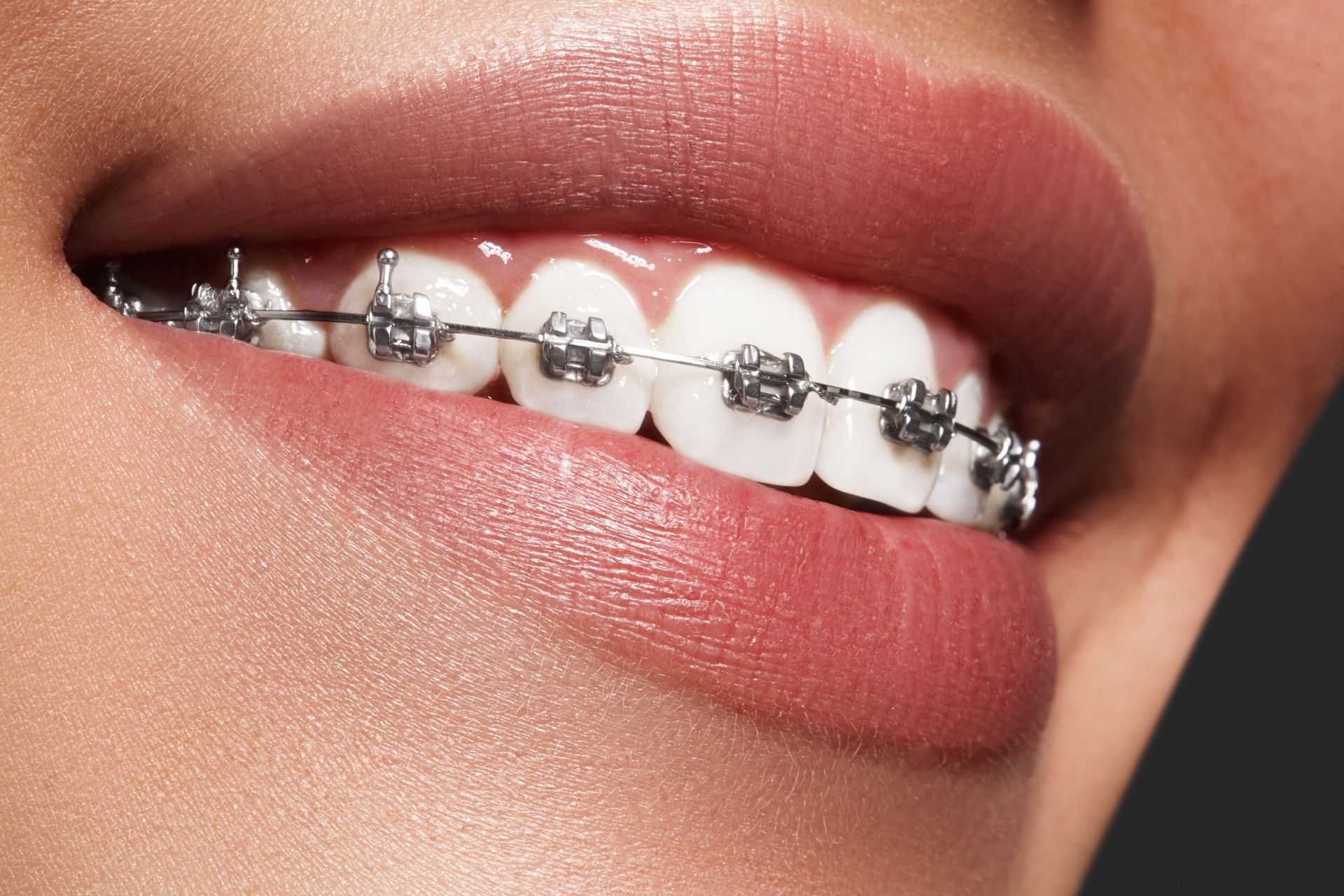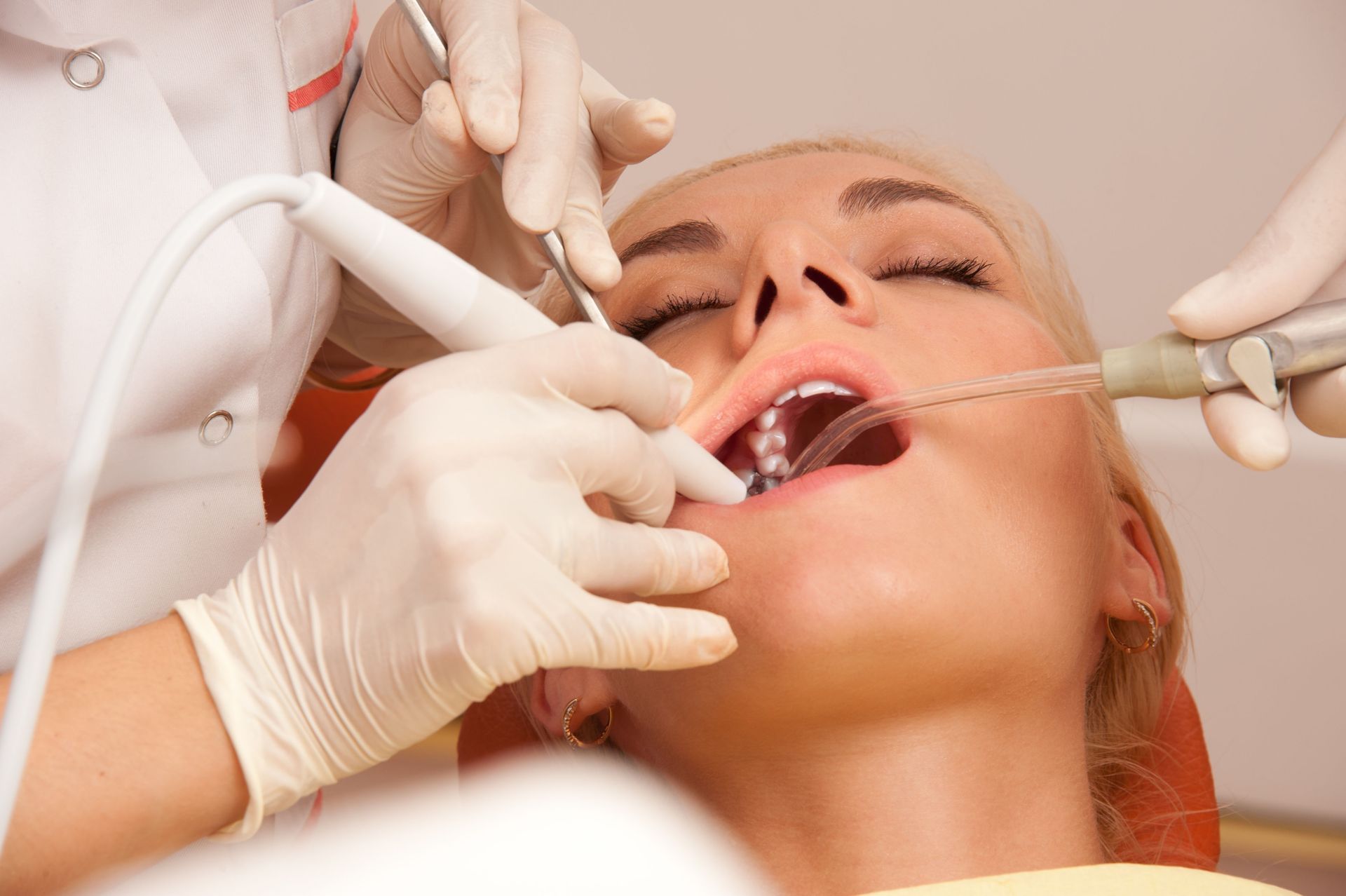May 12, 2025
When it comes to achieving that perfect smile, braces are often the go-to solution. Over the years, dental technology has advanced, giving patients more options than ever before. From traditional metal braces to the virtually invisible braces, understanding the different types of braces can help you make an informed decision on the best option for your dental needs. Let’s take a closer look at the various types of braces available today.
Traditional Metal Braces
Traditional metal braces have been around for decades and remain one of the most effective solutions for correcting severe alignment issues. These braces consist of high-grade stainless steel brackets that are bonded to each individual tooth and connected by a thin metal wire. Over time, gentle pressure from the wire gradually shifts the teeth into their proper positions. Despite their metallic appearance, modern advancements have made these braces more comfortable, efficient, and less noticeable than in previous generations. Smaller bracket sizes, heat-activated wires, and improved materials have all contributed to a more pleasant patient experience.
Additionally, colored bands allow younger patients to personalize their braces, making the treatment process a bit more fun. Metal braces are particularly effective in treating complex orthodontic cases that involve significant crowding, spacing, overbites, underbites, or crossbites. Their durability and control give orthodontists the ability to make precise adjustments throughout the treatment process. For patients seeking proven, reliable results, traditional metal braces continue to be a trusted and time-tested option.
Invisible Braces (Clear Aligners)
In recent years, clear aligners like invisible braces (Invisalign) have gained significant popularity due to their aesthetic advantages and convenience. Invisalign uses custom-made, clear plastic trays to gradually move teeth into their desired positions. These aligners are removable, allowing for easy maintenance of oral hygiene and the freedom to eat without restrictions. Many people love the idea of invisible braces because they’re virtually unnoticeable, making them ideal for both teenagers and adults.
The cost of treatment, ranging from $1,800 to $9,500, according to GoodRx, can be a significant factor, especially since it varies based on the complexity of the orthodontic issue. While invisible braces are a convenient and discreet option, it’s important to keep in mind that they may not be suitable for all cases, especially those requiring significant tooth movement.
Deciding on the right type of braces involves carefully considering factors such as cost, comfort, and aesthetics. Each type of brace has its own set of advantages and potential drawbacks, so it's essential to consult with an orthodontist to determine which option is best suited for your specific needs. Whether you opt for traditional metal braces or clear aligners like invisible braces, the end goal is the same: to achieve a healthy, beautiful smile that you can wear with confidence. If you’re ready to explore your options and find the perfect braces for your needs, contact Boland Orthodontics today for a consultation!








